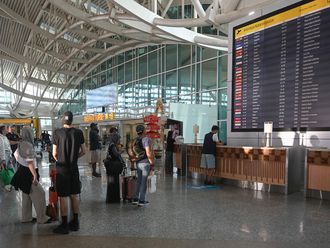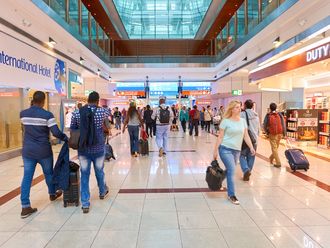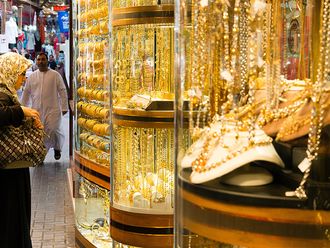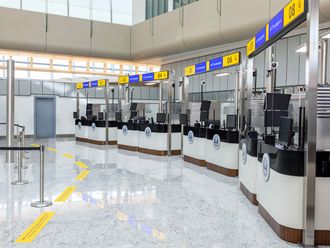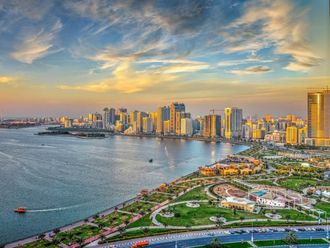Dubai: Tourist numbers from the Middle East to Sri Lanka rose 41 per cent in the first nine months of the year with a surge of 104 per cent in August alone.
Even during the recent conflict on the island state, the Middle East market remained promising.
Faiszer Mustafa, Minister of Tourism Promotion in Sri Lanka's Ministry of Tourism, has been on a whirlwind trip of the Middle East, visiting Kuwait and the UAE, where he spoke to the director-general of Dubai's Department of Tourism and Commerce Marketing to "learn from the Dubai experience and study Dubai tourism to a certain extent".
Considering how Dubai's tourism has grown so considerably, the minister hopes to do the same in his country, which offers mountains, miles of coastline, an elephant sanctuary and green tea hills.
Sri Lanka's Ministry of Tourism is aiming to increase the sector's contribution to the country's GDP to 10 per cent.
In 2008, $400 million (Dh1.46 billion) was generated from tourism in Sri Lanka, though this represents just two to three per cent of the total GDP.
Now that the north and east coasts of the island are open to tourists after many years of war, there are many opportunities available to boost the tourism industry there.
"Peace is paramount. We were left behind for 30 years," said Mustafa. A target has been set to attract 2.5 million tourists to Sri Lanka in line with a plan for 2016.
There are now between 14,000 and 17,000 hotel rooms in the country and the authorities seem to realise this figure will need to scale up to 50,000 in the next seven years.
"We are looking at a masterplan, especially for the east coast. The coastline is very attractive. And we have tendered five islands in the northwest," Mustafa told Gulf News in an exclusive interview.
So while there is a definite drive to find investment in the Middle East and to find operators who want to develop in Sri Lanka, Musthafa said the country is also open to individuals who might want to start a hotel business there.
There are no restrictions on foreigners owning property in Sri Lanka and as far as obtaining a permit goes, it is very simple — a "one-stop shop".
Road accessibility to the north is in place although the drive from Colombo takes about 12 hours and so Mustafa and his team are trying to organise domestic flights to the region.
The east coast is one of the best surfing destinations in the world, little known until now as it has been closed to visitors for some time. However, as the east was liberated earlier than the north, road access is much better.
Globally, the most important markets currently for tourism in Sri Lanka are the UK and India, followed by Germany and France.
Within the Middle East, Saudi Arabia, the UAE and Qatar are strategic sources of visitors.



